Canoes 1
Different waka for different roles
To understand that there are many types of waka, each designed for a special purpose.
There were many different types of waka that were developed by our ancestors. Some of these waka are included in the pictures below.
More information is provided by clicking on each waka. See table below. Information in te reo and images from the Te Ara website.
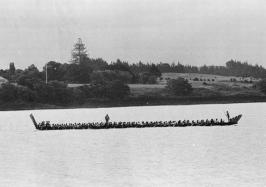
Alexander Turnbull Library, Wellington, New Zealand. Photograph taken by Ian Mackley. Reference no. EP/1974/0309/3A-F |
Waka taua For more information, please visit the Te Ara website. |
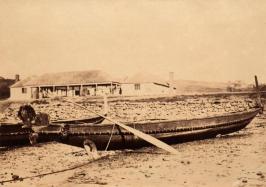
Auckland Art Gallery Toi o Tamaki. John Kinder collection. Reference no. 1983/22/16 |
Waka tētē (or waka pakoko) For more information, please visit the Te Ara website. |
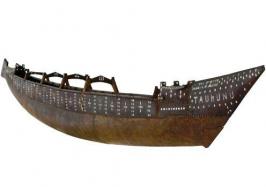
Museum of New Zealand Te Papa Tongarewa. Registration no. MAI017208 |
Waka tīwai (or waka kōpapa) For more information, please visit the Te Ara website. |
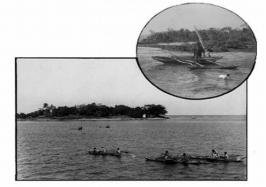
Alexander Turnbull Library, Wellington, New Zealand. Rex Nan Kivell collection. Reference no. 1/2-056342-F |
Waka ama For more information, please visit the Te Ara website. |
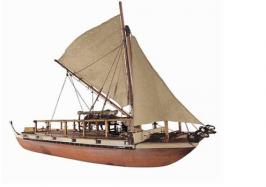
Museum of New Zealand Te Papa Tongarewa. Registration no. ME016510. Hektor Busby |
Waka hourua For more information, please visit the Te Ara website. |
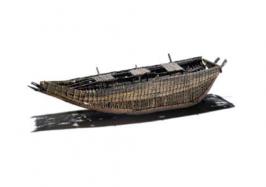
Museum of New Zealand Te Papa Tongarewa. Registration no. ME012263. Maui Solomon |
Waka pūhara or waka kōrari For more information, please visit the Te Ara website. |
By looking at some of these waka in more detail we can explore the mātauranga Māori used by our ancestors in the construction of these taonga.
Waka pūhara or waka kōrari
These waka were constructed with seats for several people. To give the waka strength, so that it would not break up in the sea, the hull was made from a frame of wooden poles. These wooden poles formed two keels (part of a boat that runs along the length of the hull from the front of the boat to the back) which gave the waka a flat bottom. The waka was also light enough to be easily carried.
Ētahi pātai mā ngā ākonga
- Why do you think the waka kōrari hull has a flat bottom?
- What would happen to the waka if wooden poles were not used in its construction?
Waka kōrari structure
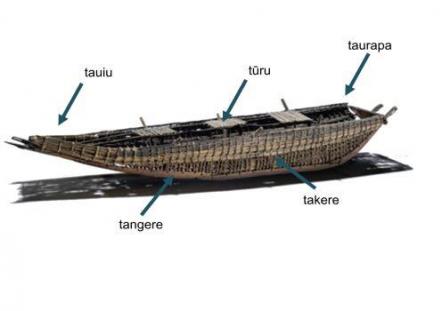
Museum of New Zealand Te Papa Tongarewa, Registration no. ME012263. Maui Solomon
- Have a go at making your own waka.
